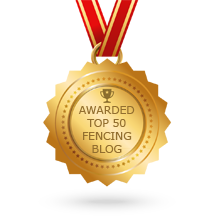When Christine, mom of our fencer Tessa, learned that the 2024 Fencing Summer Nationals would take place in Columbus, she shared the news with her friend who resides in the area. Excited to help Christine and her family make the most of their time in Columbus, her...













